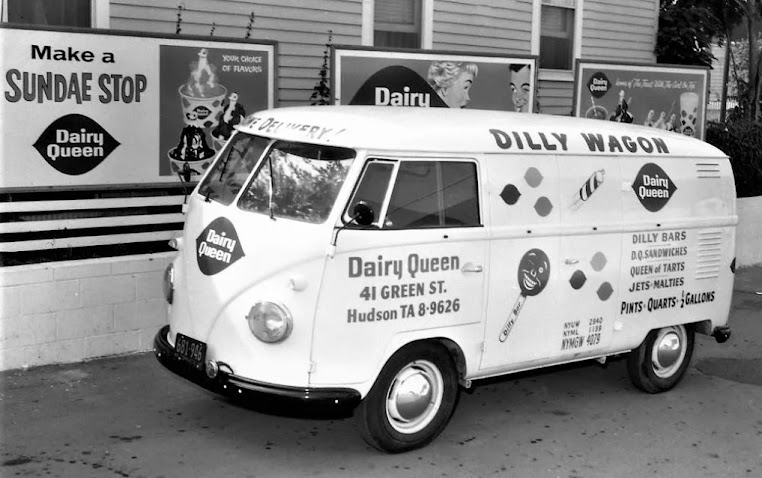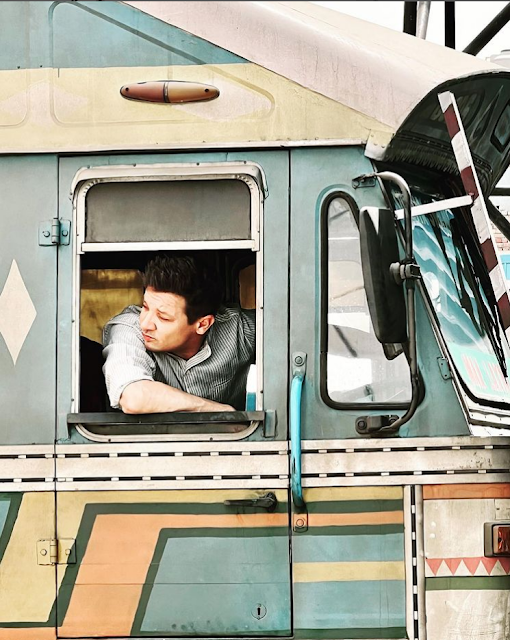https://www.flickr.com/photos/george_eastman_house/2678370222/
In her teens Victoria fell in love with her first cousin Grand Duke Kirill Vladimirovich of Russia (the son of her mother's brother, Grand Duke Vladimir Alexandrovich of Russia) but his faith, Orthodox Christianity, discouraged marriage between first cousins.
Bowing to family pressure, Victoria married her gay paternal first cousin, Ernest Louis, Grand Duke of Hesse and by Rhine in 1894, following the wishes of their grandmother, Queen Victoria.
The marriage failed – Victoria Melita scandalized the royal families of Europe when she divorced her husband in 1901. The couple's only child, Princess Elisabeth of Hesse and by Rhine, died of typhoid fever in 1903.
Victoria married Grand Duke Kirill Vladimirovich in 1905. They wed without the formal approval of Britain's King Edward VII (as the Royal Marriages Act 1772 would have required), and in defiance of Russia's Emperor Nicholas II.
In retaliation, the Tsar stripped Kirill of his offices and honors, also initially banishing the couple from Russia. They had two daughters and settled in Paris before being allowed to visit Russia in 1909. In 1910 they moved to Russia, where Nicholas recognized Victoria Melita as Grand Duchess Victoria Feodorovna.
After the fall of the Russian monarchy in 1917 they escaped to Finland (then still part of the Russian Republic) where she gave birth to her only son in August 1917. In exile they lived for some years among her relatives in Germany, and from the late 1920s on an estate they bought in Saint-Briac in Brittany. In 1926 Kirill proclaimed himself Russian emperor in exile, and Victoria supported her husband's claims.
(summary over, here are some specifics)
Her marriage to Ernst suffered a further blow in 1897, when Victoria returned home from a visit to her sister Queen Marie of Romania and reportedly caught Ernst in bed with a male servant. She did not make her accusation public, but told a niece that "no boy was safe, from the stable hands to the kitchen help. He slept quite openly with them all."
Victoria sought relief from her first husbands scant affection in her love for horses and long gallops over the countryside on a hard-to-control stallion named Bogdan.
A few months later, war broke out between Russia and Japan. As a senior member of the navy, Kirill was sent on active service to the front in the Russo-Japanese War. His ship was blown up by a Japanese mine while entering Port Arthur and he was one of the few survivors.
Sent home to recover, the Tsar finally allowed him permission to leave Russia and he left for Coburg to be with Victoria. Tsar Nicholas II responded to the marriage by stripping Kirill of his imperial allowance and expelling him from the Russian navy.
The couple retired to Paris, where they purchased a house off the Champs-Élysées and lived off the income provided by their parents.
Nicholas II reinstated Kirill after deaths in the Russian imperial family promoted Kirill to third in the line of succession to the Russian throne. Kirill and Victoria were allowed in Russia, Victoria was granted the title of Grand Duchess Victoria Feodorovna and in May 1910, the couple arrived in St Petersburg.
The new grand duchess enjoyed entertaining at evening dinners and lavish balls attended by the cream of Saint Petersburg society. Victoria fit in within the Russian aristocracy and the circle of her mother-in-law Grand Duchess Maria Pavlovna. As French was frequently spoken in high circles, Victoria never completely mastered the Russian language. As Kirill became a keen auto racer, the couple often took trips by car; a favorite pastime was traveling through the Baltic provinces.
During World War I, Victoria worked as a Red Cross nurse and organized a motorized ambulance unit that was known for its efficiency. Victoria frequently visited the front near Warsaw and she occasionally carried out her duties under enemy fire.
Twice during the war Victoria visited Romania, where her sister Marie was now queen, volunteering aid for war victims.
Kirill, for his part, was also in Poland, assigned to the naval department of Admiral Russin, member of the staff of Grand Duke Nicholas Nikolaevich, commander in chief of the Russian army.
Kirill and Victoria had always shared their relatives' distaste for the Tsar and Tsarina's friendship with Grigori Rasputin. The Tsarina believed Rasputin healed her son of his hemophiliac attacks with his prayers.
With the death of Victoria's mother, she inherited her villa, Chateau Fabron in Nice and her residence in Coburg, the Edinburg Palais. In the following years the exiled family divided their time between these two places.
Kirill, though unfaithful, still loved and missed the wife he had depended so much upon and passed his remaining years writing memoirs of their life together. "There are few who in one person combine all that is best in soul, mind, and body," he wrote. "She had it all, and more. Few there are who are fortunate in having such a woman as the partner of their lives – I was one of those privileged."

















































